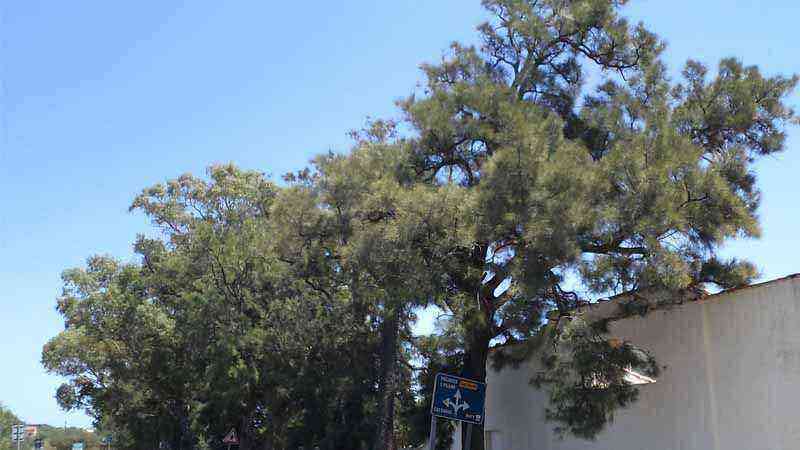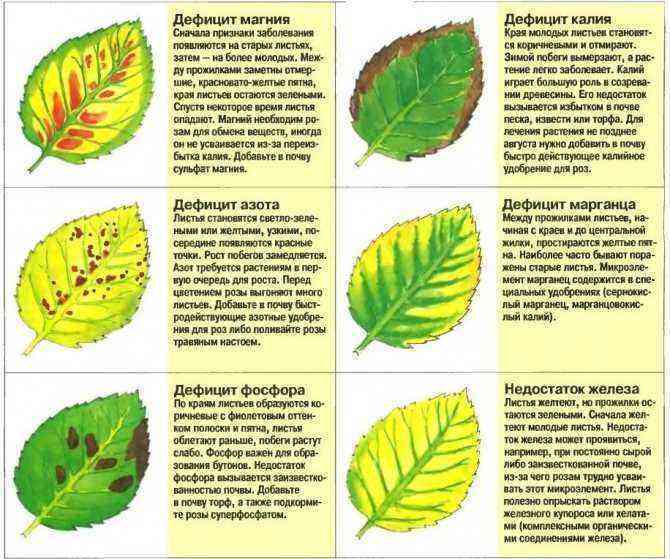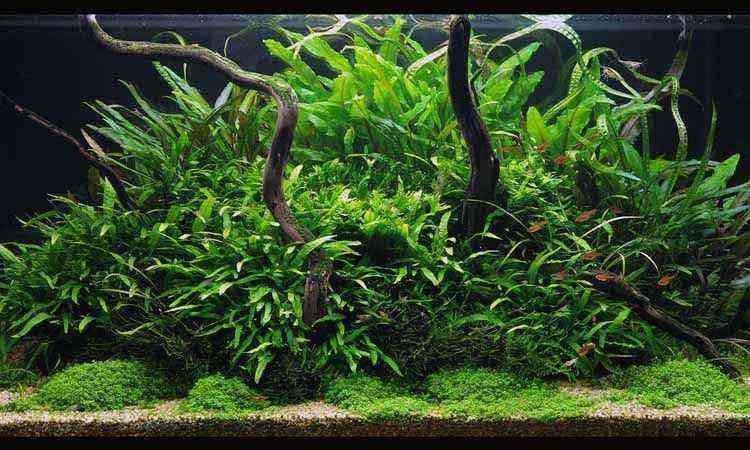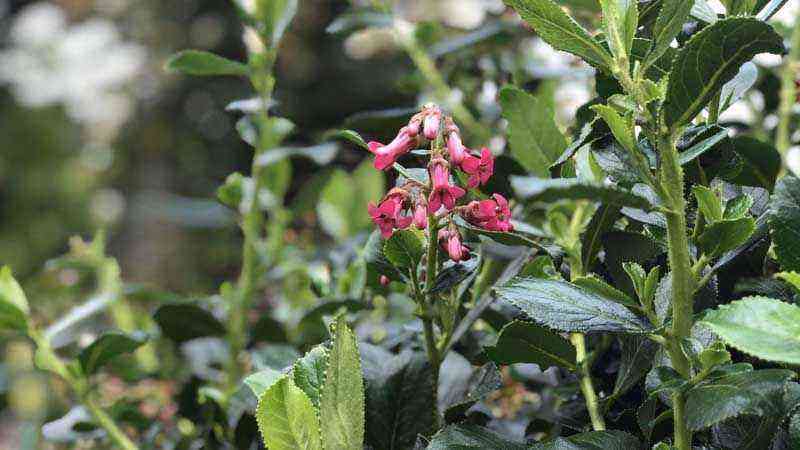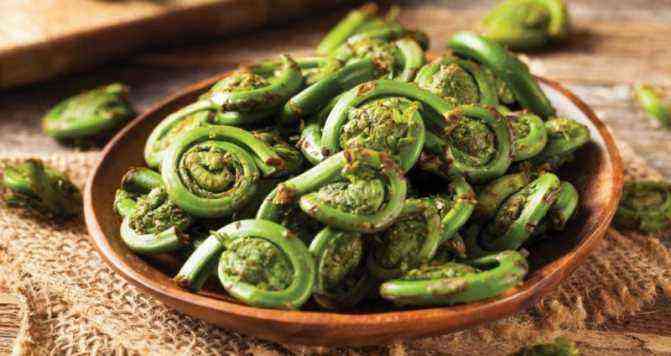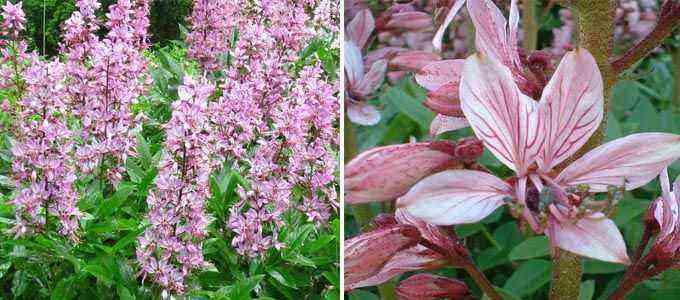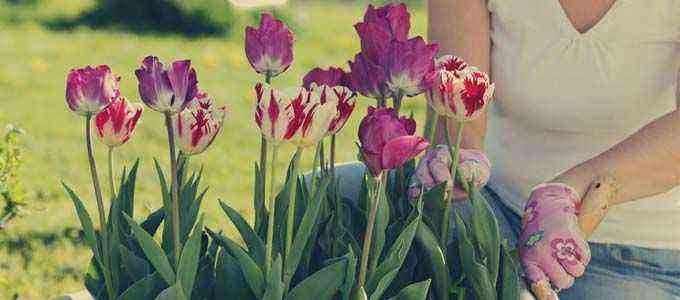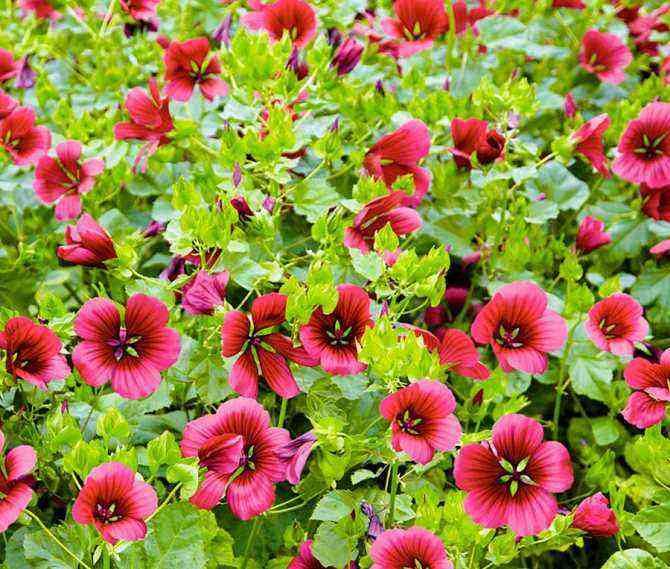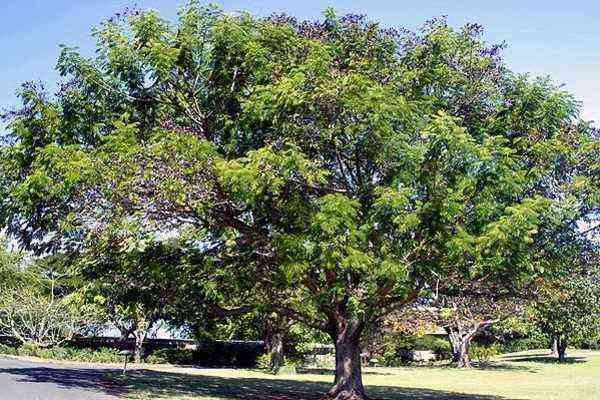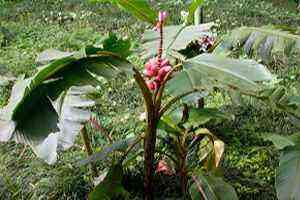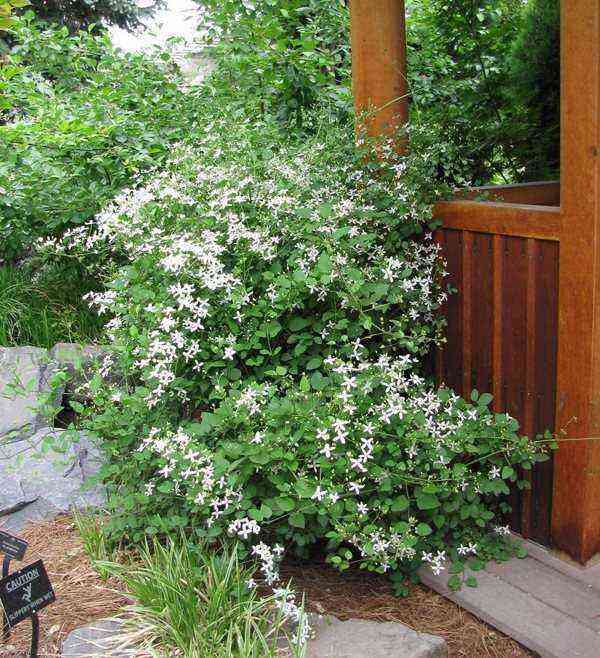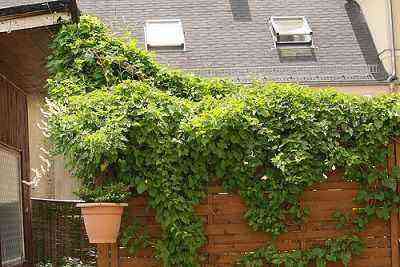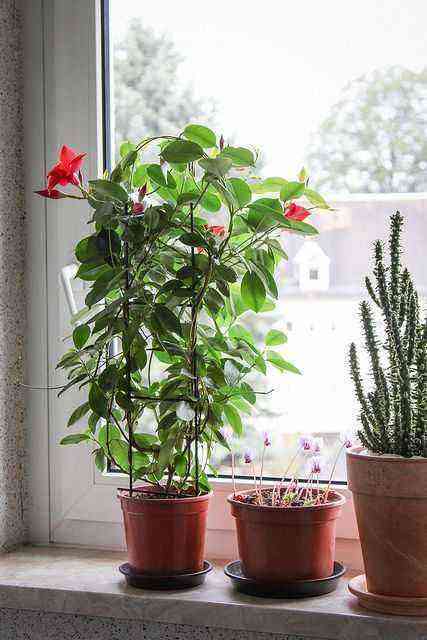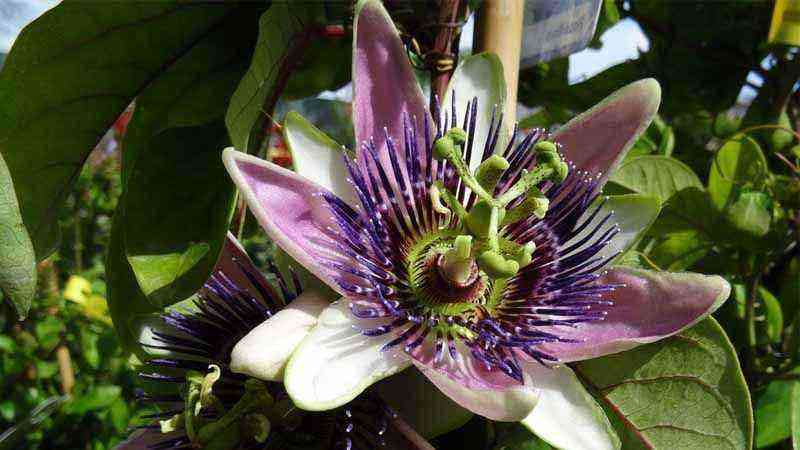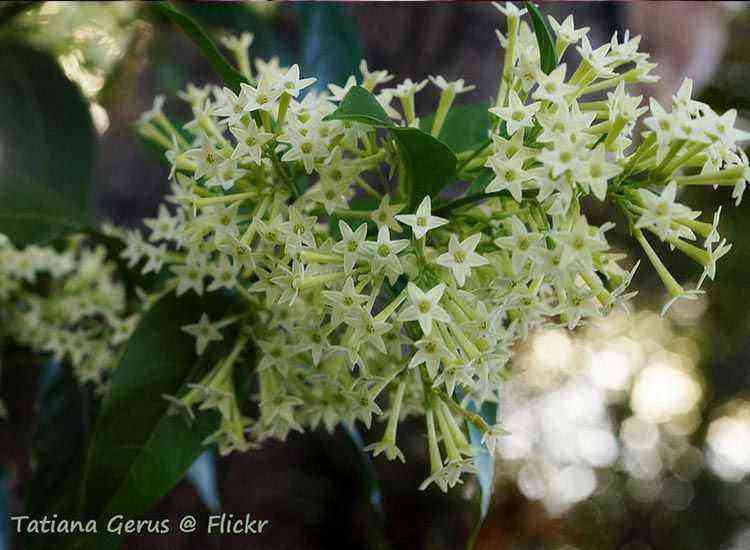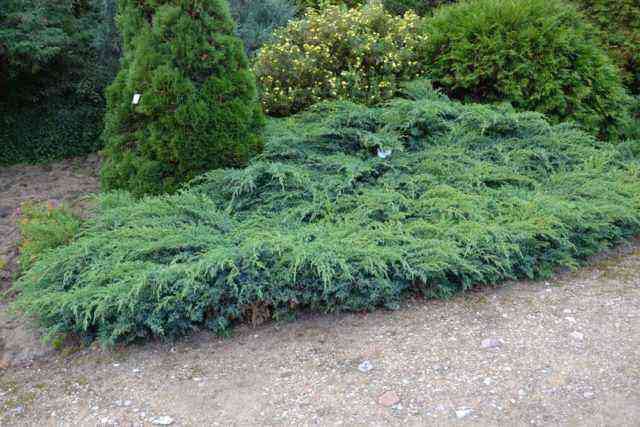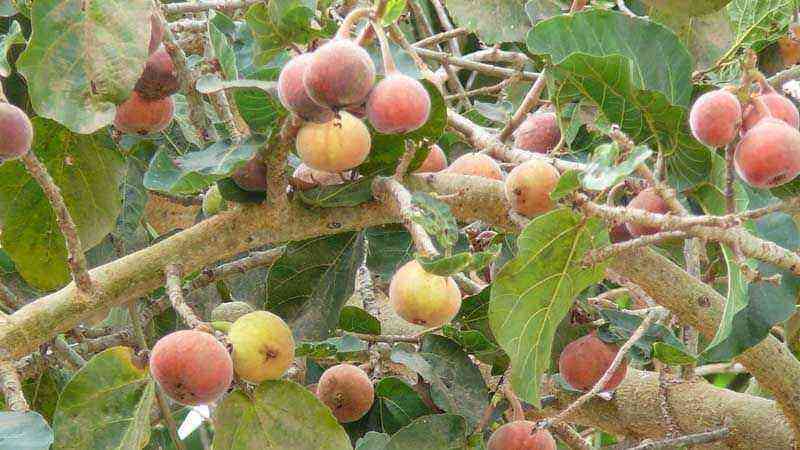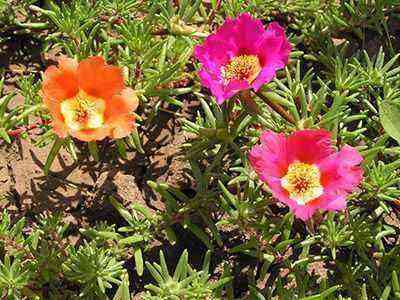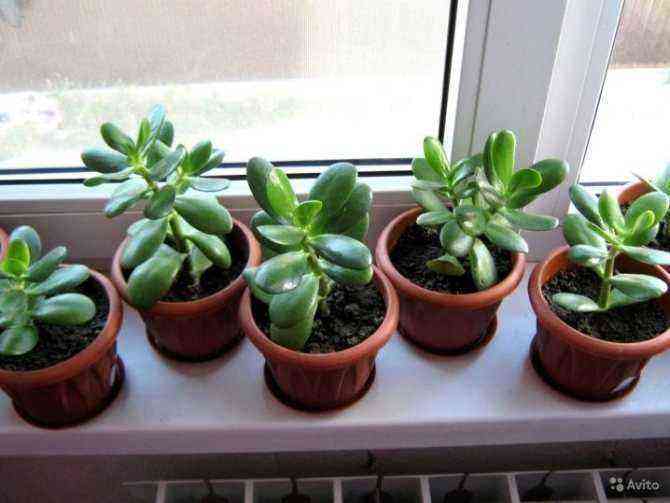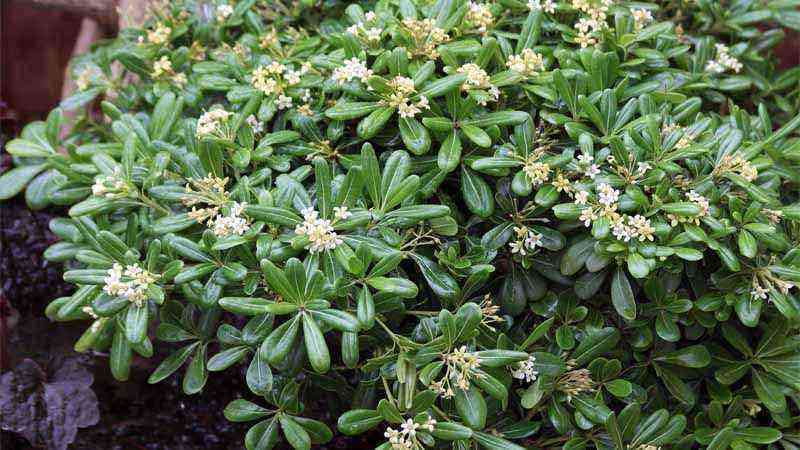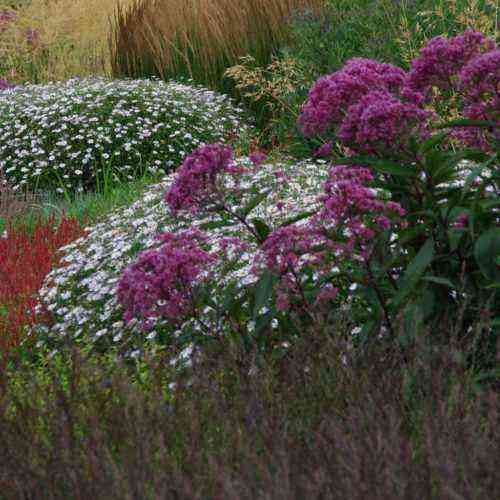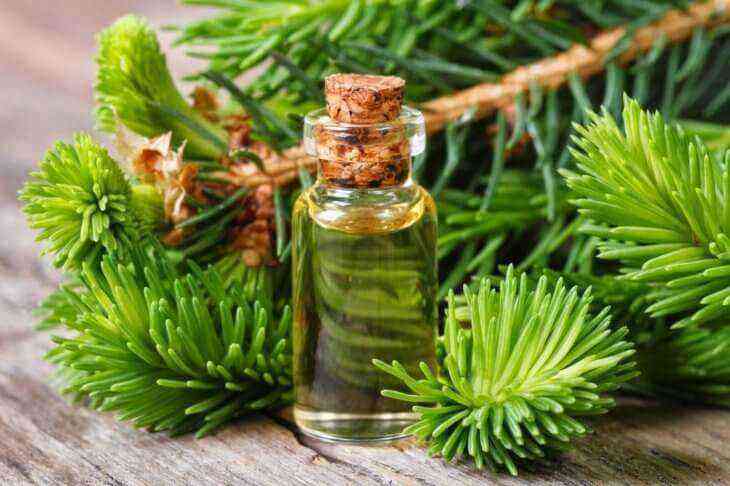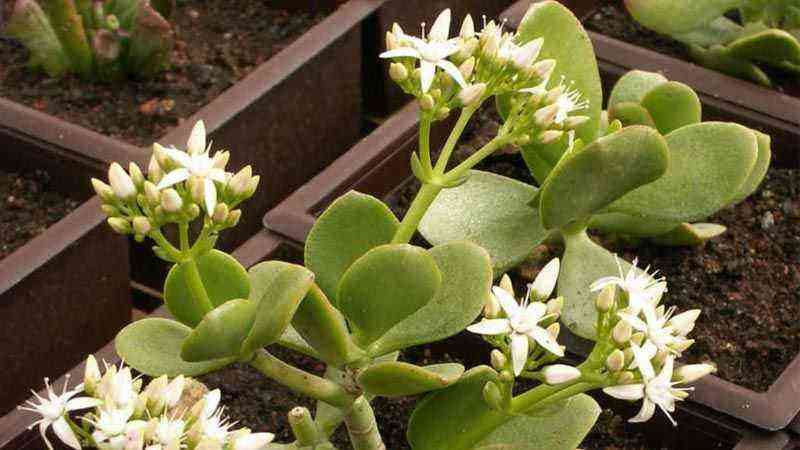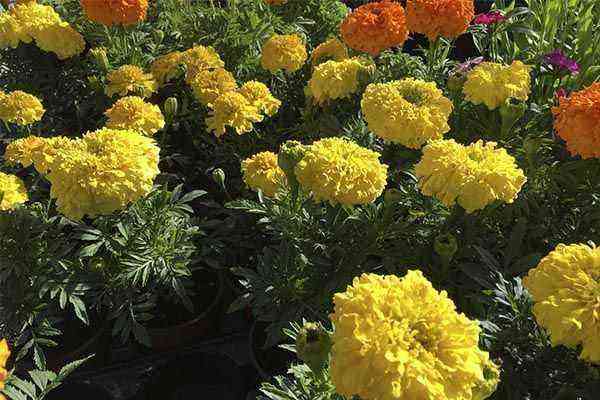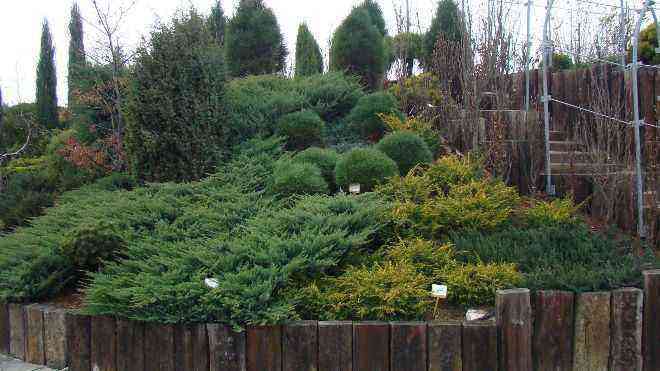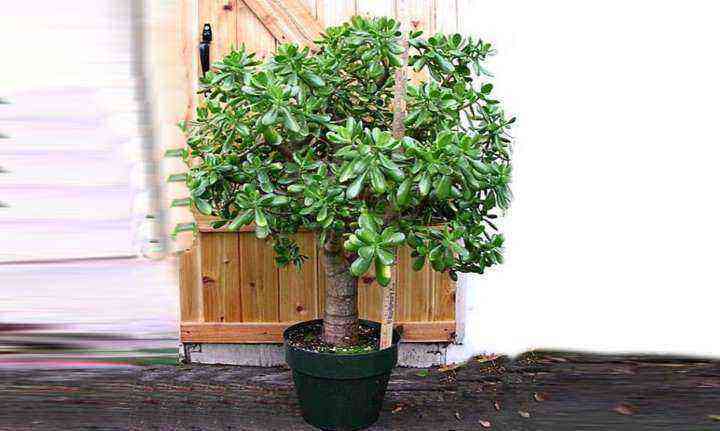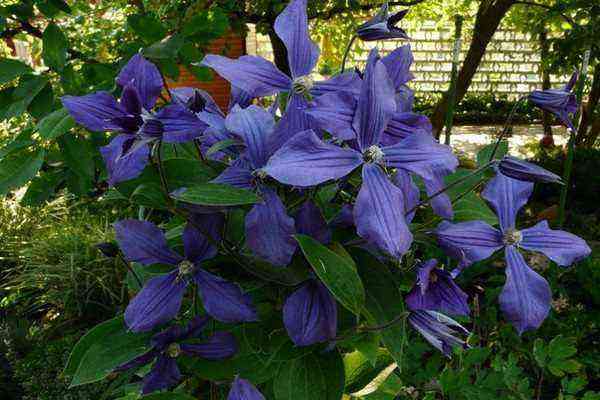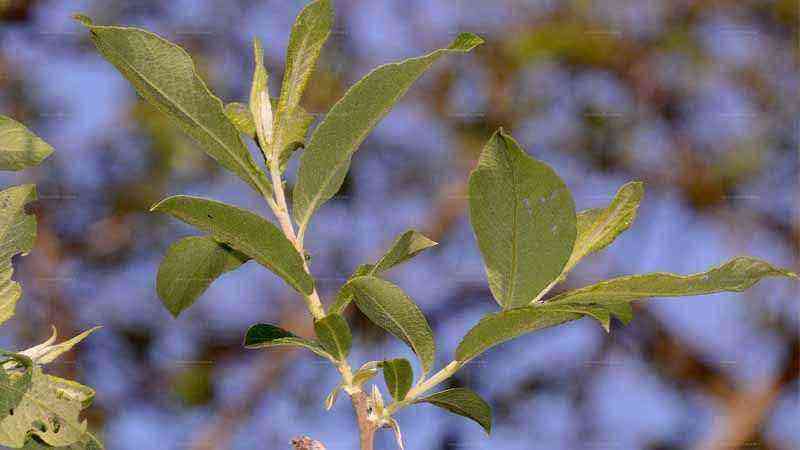We are used to indoor plants with flowers of common structure. Flowers in the form of chapters of various shapes and colors. Today we bring you something a bit different. A shrubby plant with a very different tubular flower that will add a different touch to your home. Brugmansia sanguinea known as the red trumpeter.
Brugmansia sanguinea, a houseplant with tubular flowers
La Brugmansia sanguinea It has its origin in several countries in South America, Peru, Ecuador, Colombia and the north of Chile specifically. The gender Burgmansia it’s made of 10 species. Those of you who are used to the garden will know the Solanaceae family, right?
Well, this genus belongs to this family even if it has nothing to do with potatoes, peppers or tomatoes. In fact, the plant is very toxic if any part of it is swallowed. Some time ago we published an article with 10 common toxic plants around the home. This was not in the compilation because perhaps it is less well known.
Be careful with children especially.
Characteristics Brugmansia sanguinea
More than a plant, It has a bushy bearing, even arboreal, only that indoors we end up limiting its growth to a larger or smaller pot. It can be kept indoors or in a greenhouse or sunny gallery except for hot climates where it can be outdoors in winters without frost.
Their leaves they have a bit of a texture velvety. Its flowers, the most strikingThey are elongated, tubular with a green calyx and a yellow corolla that turns red or orange as it reaches the end.
Main care of the red trumpeter
Temperatures
Although it may seem from tropical and warm climates, Brugmansia sanguinea You need a thermal change between winter and the rest of the year. During the winter rest it can withstand up to 5ºC and it is convenient to have it at no more than 10 or 12 ºC.
That is why indoors, in cold climates, we have to take it to cool places such as a covered terrace during the cold season, where we know that will not suffer from frost but with temperatures that a house obviously cannot have.
Lighting conditions
It is a plant that needs indirect light. It prefers the sifted sun. If it is from more temperate climates it could withstand some direct exposure but in hot climates it will not withstand so much incidence.
Substratum
There are no special considerations regarding the substrate. A balanced substrate with adequate drainage is more than enough. During the winter break, the substrate must be quite dry.
Irrigation
In irrigation there are two well differentiated phases:
- Winter: During winter watering should be minimal. We do not have to worry if the plant is without watering for a few days. The plant needs winter rest and will not suffer. In fact, if it is watered too much during this period it is very possible that it will not flower. This is a problem because if the plant stands out in something, it is precisely in its flowers.
- During the rest of the year: Regular waterings are recommended but always allowing the substrate to dry between waterings. That is the best reference for a correct water intake.
Tips and general care of red trumpeter
- La multiplication it is simple by cuttings of young stems, without lignifying during the summer or spring.
- Plagues and diseases: Indoors, we will not have serious incidents. The aphid and the mealybug is what we can find.
- Pruning: Being more of a bush than a plant requires a little pruning. This is done in autumn by pruning the longest shoots for winter rest
- In spring it is advisable to do a transplant and trim the long stems again.

